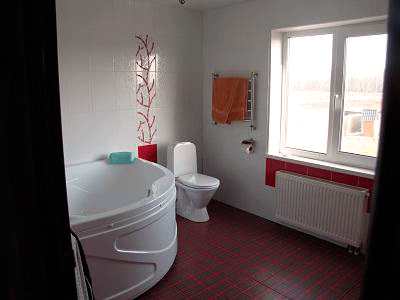Instruction
1
Before beginning work on the device drain you need to decide – is there a possibility of tapping into the Central Sewerage network. If it is available, the task is greatly simplified – just need to get permission to connect. If not, then you need to build a sump other facilities. First of all is determined by the place of its future location. The pit should be located close enough to home (to the exterior Sewerage network was not very long) and have easy access for vacuum trucks. The depth of the well depends on the groundwater level, which should be below the bottom of the pit (but not less than 1.5 m). This will eliminate the possibility of contamination. The walls of the pit are strengthened with brick or stone, plastered.
2
When a place in the cesspool prepared, is laid the trench for laying sewer pipes. The trench runs on the basis that the pipe must lie with the mandatory slope of 1:100 and at a depth not less than the height of the freezing ground. For the Central zone of the European region it is smooth, approximately two meters. Aligns the bottom of the trench to exclude local drawdown of the pipe.
3
For installation of external Sewerage networks uses plastic tubing with a diameter of 100-150mm. Of course, you can use pipes made of cast iron, ceramic, but it will cost more. A pipe connects the sinkhole with the so-called dry well, which is near the house (on the exit pipe of the internal wiring). In a well established audit plug that can be removed to clean the sewers in case of possible clogging.
4
From dry well to the bathroom, you move under the Foundation: the water pipes are laid internal Sewerage. Set the riser - pipe, through which are discharged all waste water from baths, sinks, toilets.
The upper part of the riser is displayed on the roof of the house and serves a leaky cap. This is done in order to when draining water in drains formed in the vacuum tube does not interfere with the outlet and also for withdrawal of gases from the sewage system.
The upper part of the riser is displayed on the roof of the house and serves a leaky cap. This is done in order to when draining water in drains formed in the vacuum tube does not interfere with the outlet and also for withdrawal of gases from the sewage system.
